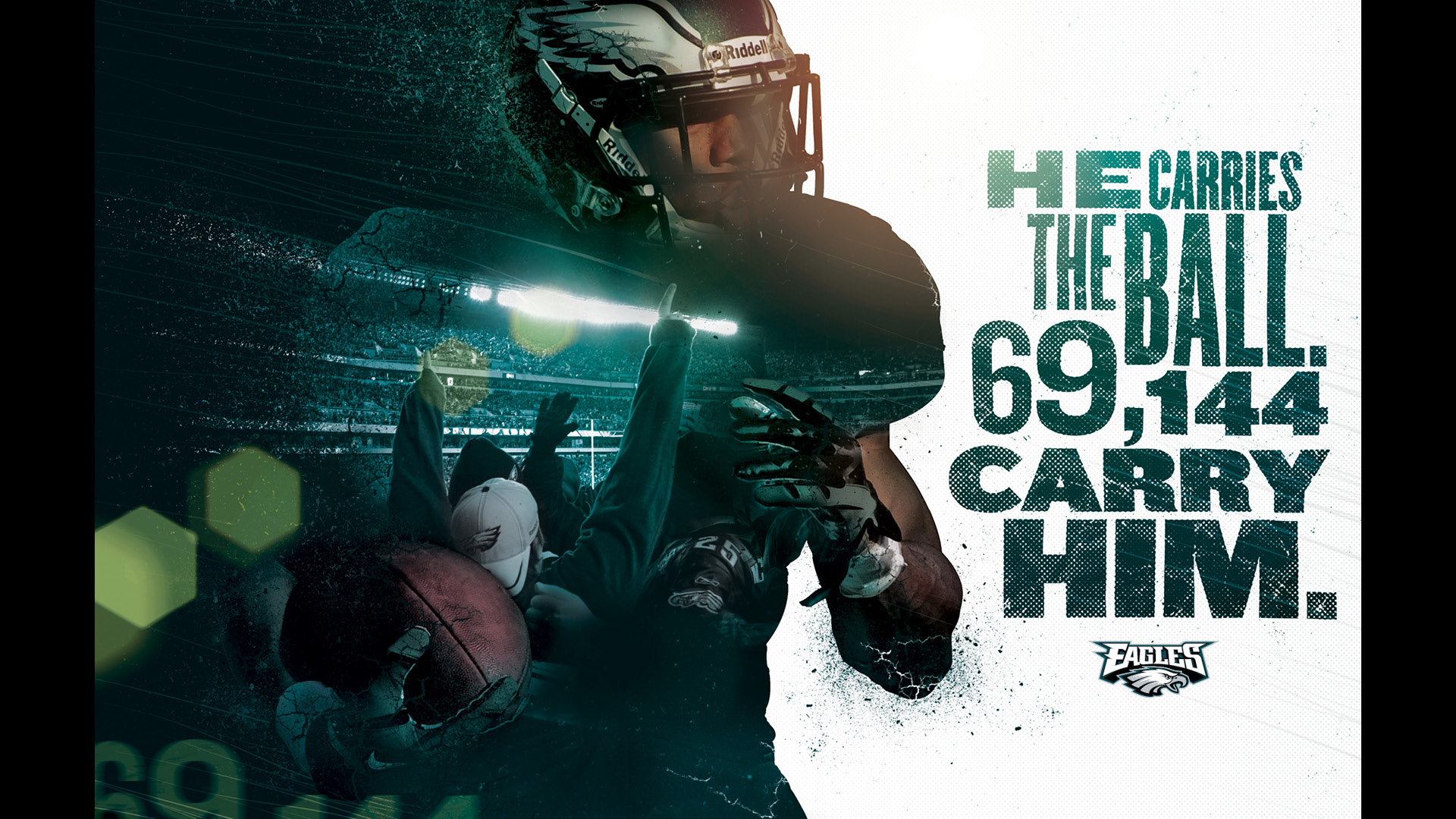Unlike several other types of online marketing activities, several features of SEO activation make it more difficult to implement:
- Results from SEO efforts are not instantaneous but are cumulative, over time
- SEO of requires teams in various parts of the organization and sometimes outside entities to work together to execute on SEO projects and campaigns
- If you’re new to SEO, there is no institutional knowledge for how to “do” SEO and there are not processes or workflows around it
Here are some tips to help you not be one of those organizations and for your to test if SEO works for your organization
Start Your Project With A Clear And Reasonable Goal In Mind
Often times, the goals that are applied to SEO tests tend to be the same goals as paid search. Very common goals are
“I want an X CPA from organic”Other goals are keyword focused:
“I want 2-to-1 return on spend in organic”
“I want to rank in the top 5 for [keyword]”The key thing to keep in mind with these types of goals is where you are starting from. Unlike paid advertising, you cannot turn the faucet on and off, your returns are cumulative. If your website is brand new or if the placements (rankings) are all branded, you’ve got some investing before you can apply your standard KPI’s to organic search. For a brand new website, instead of using traditional KPI’s to test to see if you want to ‘start’ doing SEO, build a test plan based on traffic and engagement metrics.
Think of this as a funnel:
- Engagement
- Traffic
- Impressions
- Placements In Top 20
It is common to see a low amount of movement, at first, especially if your website is fairly new or if you’re in a very competitive niche. The key thing during this early phase is to fast track SEO projects and get them done fast. The fast you make changes to the website, the faster you see results. Also, keep in mind that the search engines run different algorithms at different times, also impacting when you will see outcomes. Once you have completed some initial projects and a small campaign, you should start to see fluttering in some of the metrics.
Schedule Your Test To Be Long Enough To Show Reasonable Outcomes
In online marketing, you can run some pretty short tests. You can test ads, landing pages, campaigns, and more all very quickly. Testing if organic search makes a sound investment as a new traffic source, well, it takes more time. How long it takes to run an effective test depends on your goals, how quickly you can get SEO projects done, and how competitive the niche that you’re in is.
On the low end, if you’re one of two of the worlds only manufacturers of kitten-only prosthetics, you don’t have much of an uphill battle and you can see some meaningful results in just a couple months. On the high end, if you’re a insurance, automotive, hosting etc. website, you may need to run your test for longer, depending on what an acceptable test outcome is for you.
Assign An Owner For SEO
If you’re really serious about testing SEO for your business, it is key to have someone in house that can manage the day-to-day workflows, this is particularly important if you’re working with a vendor or agency to help you try to get things off the ground.
SEO projects that don’t have someone coordinating within the organizations between individuals that ‘own’ the website front-end, the content, and the decision makers, get lost or get de-prioritized. Incomplete SEO projects will have a negative impact in terms of the outcomes you see from your test.
Draft a Detailed Project Plan
Having a detailed as possible view of what everything that needs to be done to get the test completed beforehand helps things go significantly smoother. It gives an opportunity for key stakeholders to sign off or provide feedback on the whole test, saving time. It also gives an opportunity to identify an technology challenges as well as uncover any requirements that may have been missed or not mentioned in the initial project scoping.
http://www.internetmarketingninjas.com/blog/search-engine-optimization/test-worthwhile-investment/






